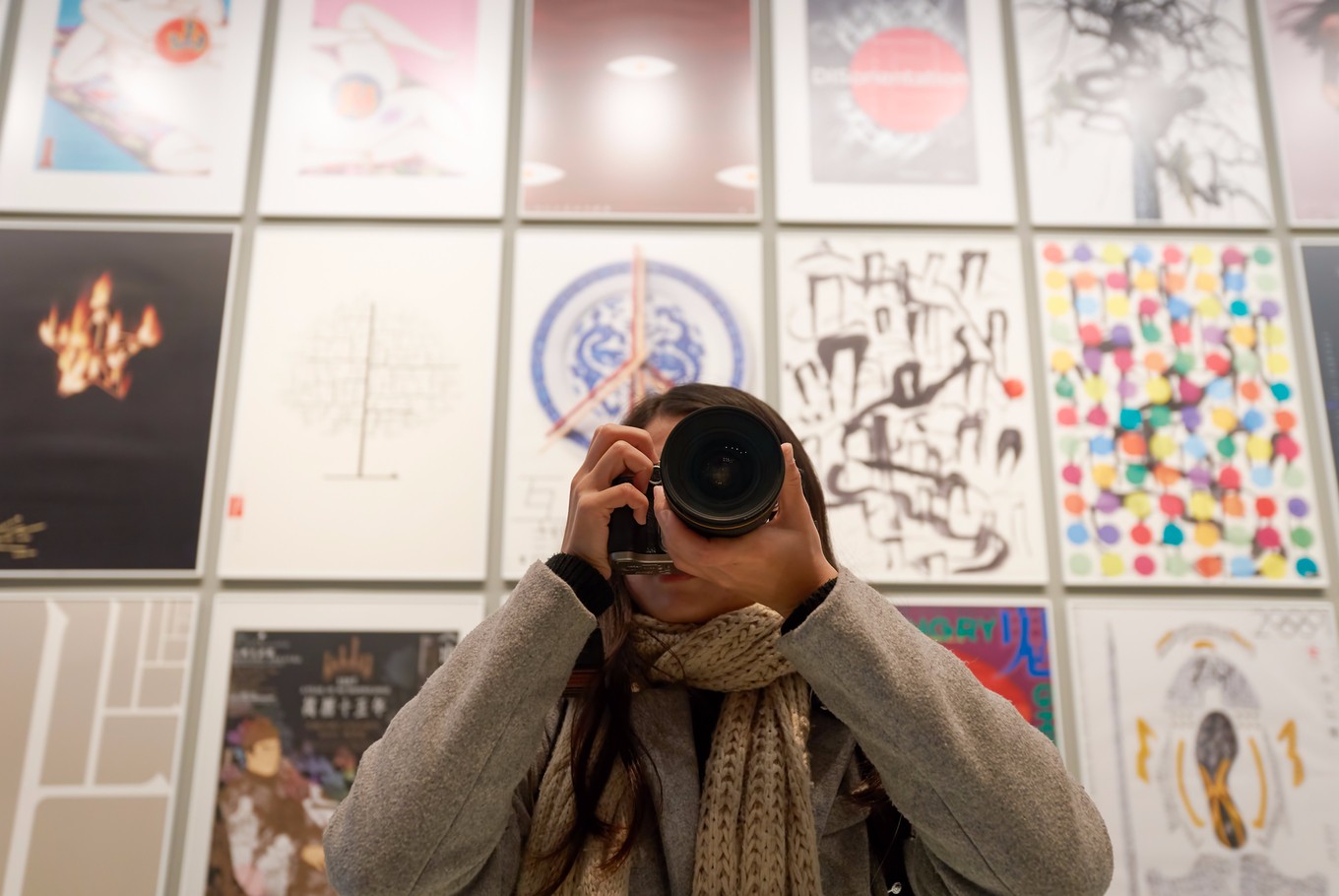Popular Reads
Top Results
Can't find what you're looking for?
View all search resultsPopular Reads
Top Results
Can't find what you're looking for?
View all search resultsJapan museums abandoning no-photos policy
Change text size
Gift Premium Articles
to Anyone
M
ore and more museums in Japan are looking to abandon their no-photos policy amid the spread of smartphones and calls for them to conform to global practices.
While many famous museums overseas allow visitors to take photos, museums in Japan have long banned photography due partly to concerns about copyrights and safety.
However, some museum operators in the country have moved to ease regulations, encouraging people to share their photos on social media platforms to attract more visitors.
The National Art Center in Tokyo has allowed visitors to take photos in some parts of the facility since about two years ago, looking for "an advertising effect from visitors going on social media," said Yusuke Minami, former deputy director at the museum.
In fact, the exhibition of renowned contemporary artist Yayoi Kusama being held at the museum is filled with people taking selfies and photos of displayed works.
To allow photography, however, the museum had to ensure copyright protections and maintain safety of its visitors. It also had to make sure that people taking pictures do not bother other visitors with camera flashes or by crowding in front of exhibits.
To protect copyrights, the museum obtained approval from artists themselves or those who inherited copyrights after the death of the creator. It also decided to allow use only of smartphones for taking pictures, prohibiting other cameras.
Read also: Ministry promotes religious tourism in Tasikmalaya
The museum prohibits flash photography, and the use of selfie sticks and tripod stands, to ensure quality experiences for visitors and avoid damaging paintings with intense light emitted by flashes.
Still, there have been cases in which photographers have damaged artworks. According to U.S. reports, a visitor at Kusama's exhibition held in Washington in February accidentally destroyed one of her artworks valued at an estimated $800,000.
Minami said that if artworks are damaged by photographers, the cost would likely be covered by insurance. "It would be easier to entirely ban photography, but people can now download photos so easily on the Internet," he said, explaining why the National Art Center has opted to ease regulations.
The Yamatane Museum of Art in Tokyo has also allowed photography in parts of the facility since last autumn.
"As the museum isn't that spacious, we only allow visitors to take pictures of certain artworks considering the safety of people," said Director Taeko Yamazaki.
Followers of the museum's twitter account have surged, exceeding 100,000 people last fall, though it is unclear whether it is because of the abolition of the no-photos policy.
Author Kyoko Nakano, who has written many books about art, welcomes the move and hopes that more museums in Japan will follow suit amid young Japanese people's tendency to turn away from artworks.
"I think the move will encourage younger generations, who use social media, to visit museums more often," said Nakano.







